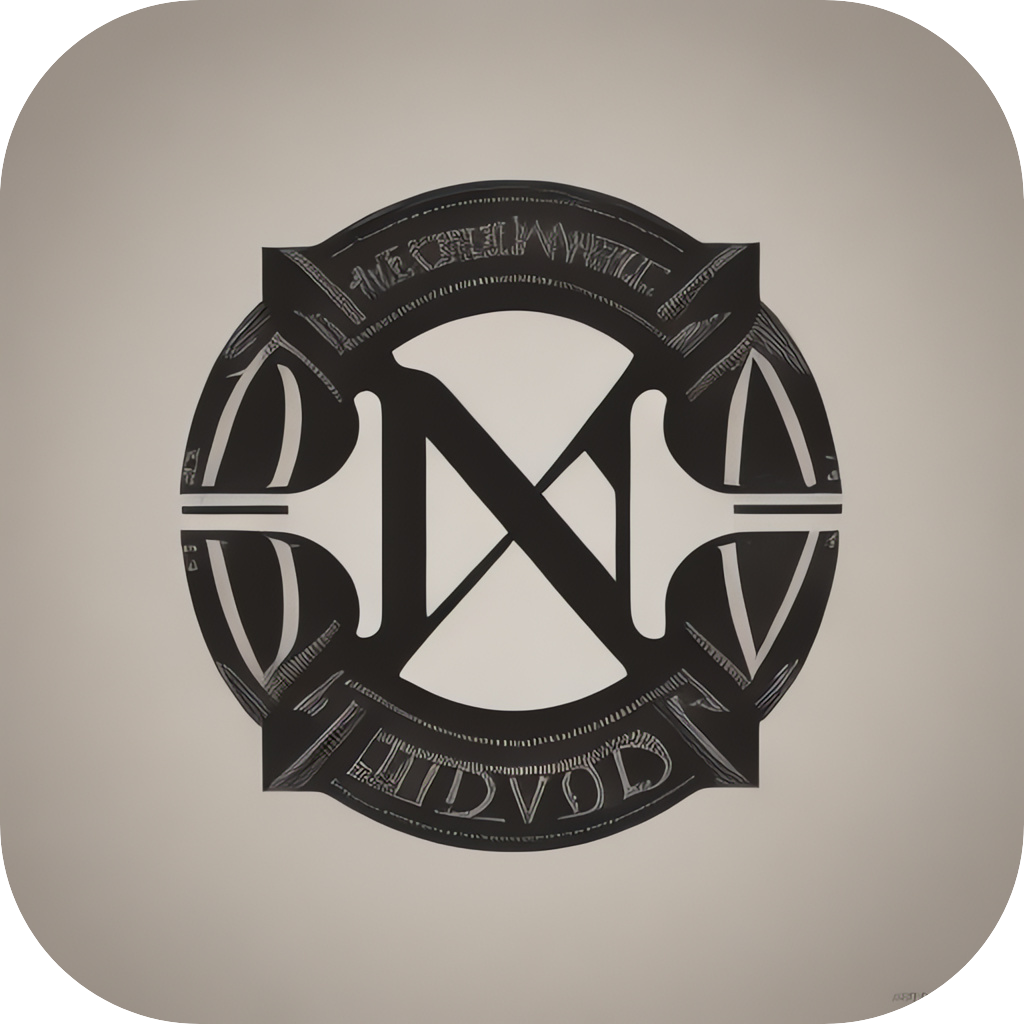Mastering MarkdownMind: A Comprehensive Guide to Simplifying Your Note-Taking and Project Management with Markdown Format
In the age of technology and information overload, managing notes, creating projects, and collaborating effectively have become indispensable for both professionals and students. One format that has taken the digital world by storm with its simplicity, versatility, and functionality is Markdown. This article delves into the comprehensive world of Markdown, guiding you through its intricacies and providing tips and tricks to harness its full potential for note-taking and project management.
### Understanding Markdown
Markdown was initially designed by John Gruber in 2004 as a simpler and cleaner alternative to HTML for formatting text, primarily for blogs. Its primary aim was to bring back the simplicity of straight text, allowing designers and writers to focus more on content and less on formatting. Markdown’s syntax uses easily readable, easy-to-write plain text and is translated into visually appealing documents that are compatible on both web pages and screen readers.
### Advantages of Markdown
1. **Readability and Maintainability**: Markdown’s simplicity makes the text more readable and maintains consistency across platforms. This ensures that your content is universally accessible, regardless of the device or platform.
2. **Versatility**: With the use of extensions like pandoc for markdown2html conversion, it can transform simple ASCII text into polished HTML pages, making it useful for diverse needs like blog posts, emails, and HTML content creation.
3. **Editing Efficiency**: The direct text-based format of Markdown encourages rapid text entry and editing, making it particularly useful for note-taking and collaborative projects.
4. **Easy Sharing**: Markdown content can be easily shared and distributed across platforms, from blogs to emails, without losing quality or format integrity.
### Markdown Basics and Syntax
Markdown uses a combination of asterisks, underscores, hash symbols, and other symbols to format various elements of your text. Here are some fundamental elements and their usage:
– **Bold**: Surround text with double asterisks (`**text**`) or underscores (`_text_`).
– **Italic**: Use single asterisks (`*text*`) or underscores (`_text_`).
– **Headings**: Use hash symbols (`#`, `##`, `###`, etc.) to denote headings of increasing importance (from major to minor).
– **Lists**: Utilize dashes `-`, numbers `1.`, or asterisks `*` for unordered lists, with each item on a new line, or use a number followed by a space for ordered lists.
– **Blockquotes**: Use dashes `-` or greater than symbols `>` to format blockquotes.
### Implementing Markdown in Note-Taking
Markdown’s simplicity makes it an excellent tool for organizing thoughts and ideas. You can create hierarchies of information through headings, categorize content through tags, and utilize lists to organize tasks. Utilize markdown’s syntax to make your notes searchable and easily digestible for quick reference.
### Markdown for Project Management
For project management, markdown can be leveraged through tools like tools like GitHub (Markdown is used for project documentation), Trello (cards with markdown can contain rich descriptions), and Notion (markdown enhances text formatting and creates cleaner, more organized project pages). Markdown allows for embedding links, tables, and even inline code within your documentation, making projects more accessible and understandable to team members and stakeholders.
### Utilizing Markdown Extensions
To harness the full potential of markdown, consider integrating extensions like Pandoc, which enables seamless conversion between markdown and other formats, as well as extensions for markdown editors that enhance text formatting even further, providing a range of customizations and features suited to specific tasks.
### Conclusion
Mastering Markdown enables you to simplify your note-taking, streamline your project management, and enhance communications by maintaining content consistency across various platforms. Through its straightforward syntax and versatile applications, Markdown is a valuable tool for both productivity enhancement and creative expression, revolutionizing the way we process and present information in the digital age. Whether in the personal, academic, or professional realms, learning Markdown not only improves efficiency but also fosters a more organized and communicative environment.
